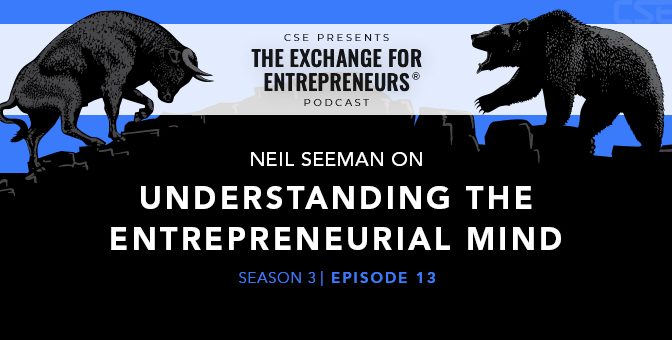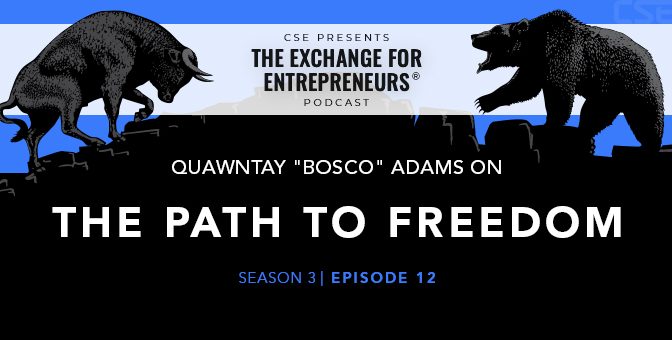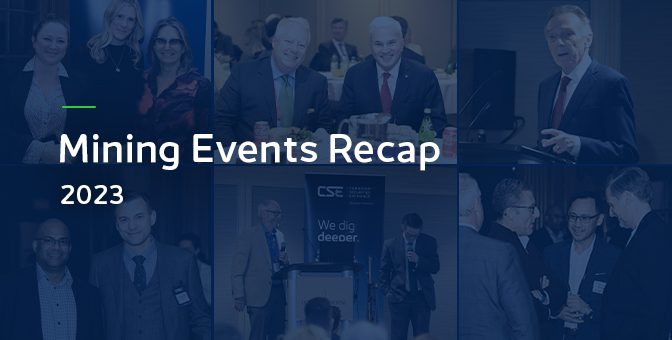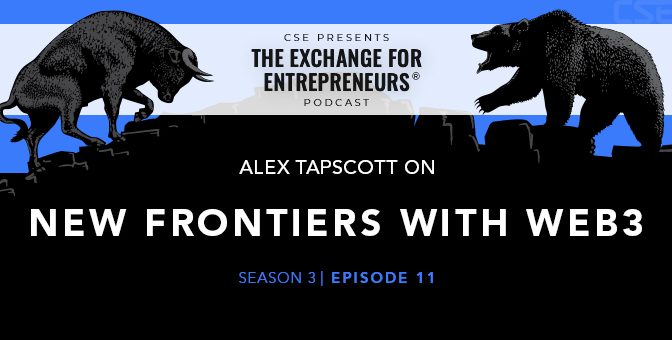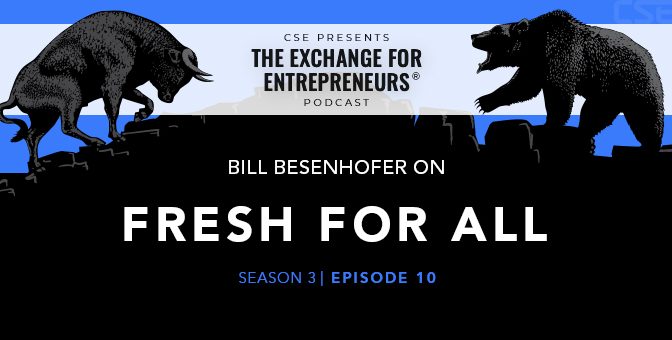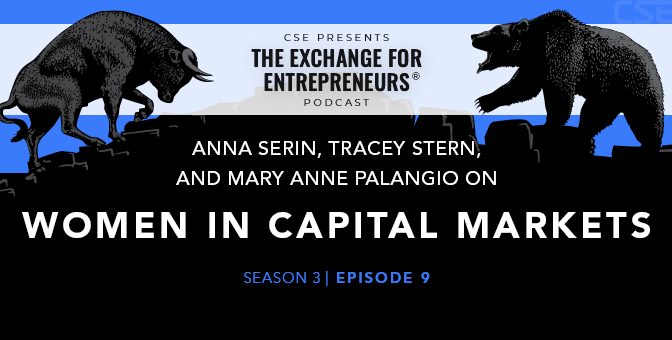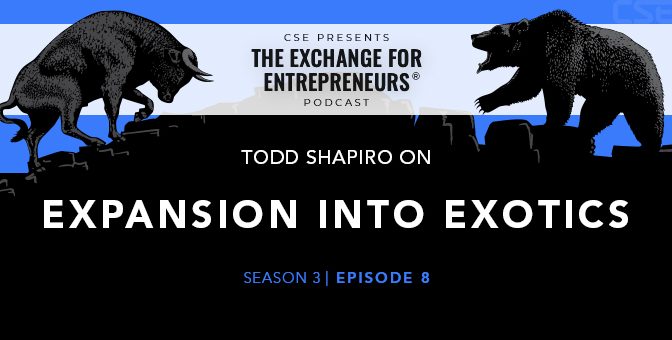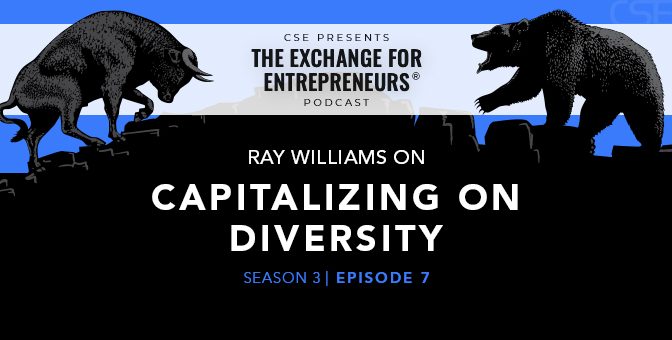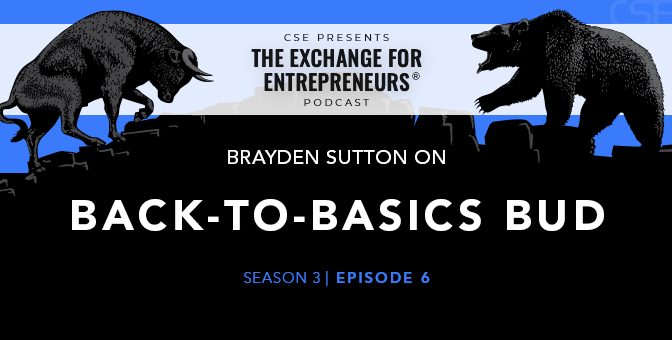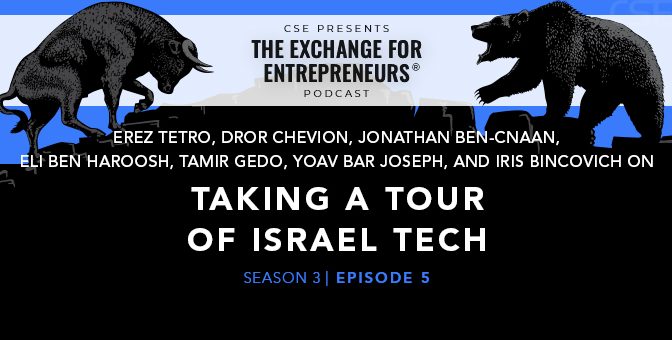It’s been a whirlwind start to 2023. Over the past three months, the CSE team has enjoyed connecting with friends both old and new in mining and from across the capital markets at the many mining events and activities taking place across the country.
From VRIC to PreDACs to PDAC, there was no shortage of opportunities to engage in lively discussion on the latest trends driving activity and interest in the mining and exploration sectors.
Regardless of the event, consistently strong event attendance was an indicator of renewed enthusiasm for the mining sector with a clear interest in battery and precious metals. In particular, our time at PDAC in Toronto as both a media sponsor and exhibitor enabled us to provide a pulse of mining-related developments taking place at the CSE.
Check out our highlights from this year’s signature mining events below, and be sure to visit our events calendar to see where we’re headed next.
Vancouver Resource Investment Conference (VRIC) & Cross-Border Networking Reception
The CSE team was thrilled to be back in Vancouver for VRIC, produced by Cambridge House, and to celebrate the opportunities and benefits that Canadian and US investors and companies experience in accessing capital on both sides of our shared border.
At VRIC, the CSE exhibited alongside CSE-listed issuers, Western Uranium (CSE:WUC), Snowline Gold (CSE:SGD), Sitka Gold (CSE:SIG), Sassy Gold (CSE:SASY), Quebec Nickel (CSE:QNI), Inflection Resources (CSE:AUCU), Headwater Gold (CSE:HWG), Green River Gold (CSE:CCR), Getchell Gold (CSE:GTCH), and Bunker Hill Mining (CSE:BNKR). Plus, we previewed our new branding at the CSE’s Vancouver office in conjunction with this event.
Our Cross-Border Networking Reception was a fun and well-attended event that closed out VRIC. A big thank you to our event partners, OTC Markets, Odyssey Trust, MNP, Investing News Network, DealMaker, Grove Corporate Services, and Bennett Jones!
Click here for photo highlights.
PreDAC Vancouver & PreDAC Toronto
Leading up to PDAC, the CSE continued our tradition of gathering and discussing the most important trends ahead of this world-renowned mining convention. This year, we partnered with Investor.Events to co-host our mining industry networking events PreDAC Vancouver and PreDAC Toronto, both of which were sold out.
These events featured great lineups of companies delivering quick pitches, and there were vibrant conversations around mining for battery metals, the small cap space, as well as interesting outlooks on the industry for 2023 and beyond.
Thank you to everyone who joined us, and a big thank you to our event sponsors, Newsfile, W.D. Latimer, Purves Redmond, Vested, SmallCap Communications, BTV, Stanford & Turner Marketing Group, MNP, Grove Corporate Services, and OCI Group!
Click here to see the PreDAC Vancouver album, and click here to see the PreDAC Toronto album.
PDAC Investor Luncheon
It was great to be back at the PDAC convention and to host our annual networking luncheon.
The event featured a keynote address from Peter Kent, CEO of First Phosphate (CSE:PHOS), a former Minister of State for the Americas with the department of Foreign Affairs and former Environment Minister of Canada, who provided fascinating insights on the global mining landscape. Following this presentation, CSE-listed mining companies delivered rapid-fire company pitches and were among the strongest slate of companies that have ever presented at this luncheon event!
Thank you to everyone who joined us, and a special thank you to our sponsors, MNP, DSA Corporate Services, Marrelli Support Services, Investor.Events, BTV, INN, Market One, Newsfile, Purves Redmond, W.D. Latimer, Vested, and SmallCap Communications!
Click here to see the photos.
Mangia Bevi Festa
Our Mangia Bevi Festa networking event, presented in partnership with MNP and Aird & Berlis, was once again a huge success! To celebrate a busy PDAC, the CSE team was thrilled to meet with colleagues and unwind over great food, great drinks, and great company.
Thank you once again to everyone who joined us at the many events that took place, and a big thank you to everyone who continues to support the CSE as we move into this exciting new phase in our company.
We look forward to seeing everyone again at upcoming mining events and of course at PDAC 2024!

